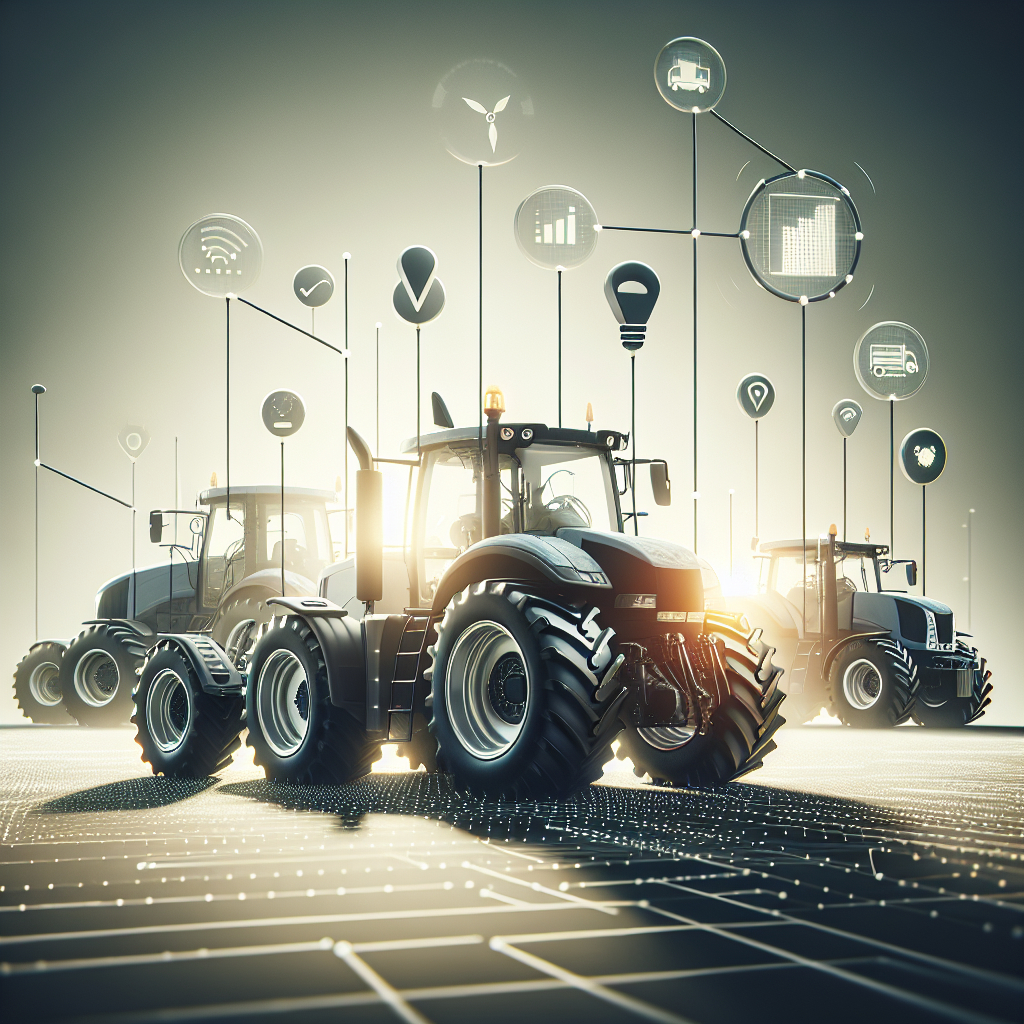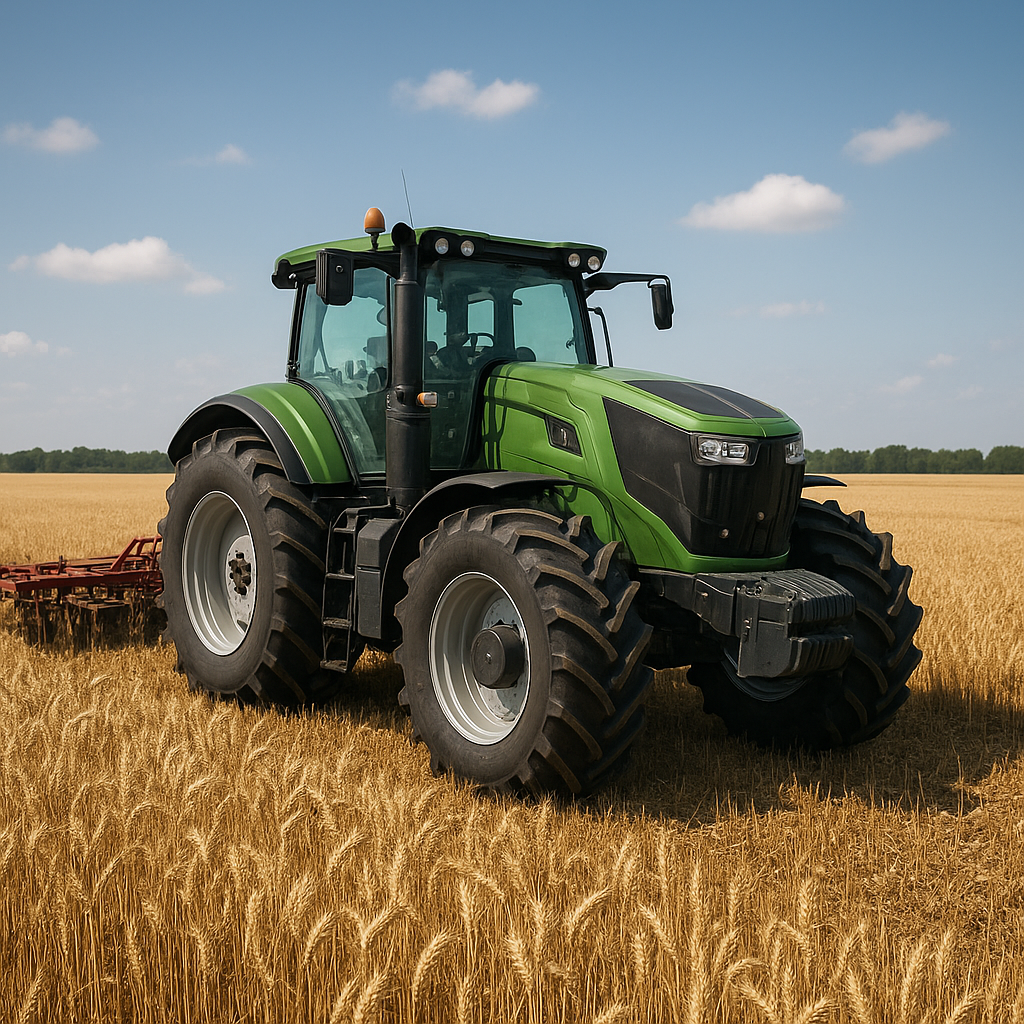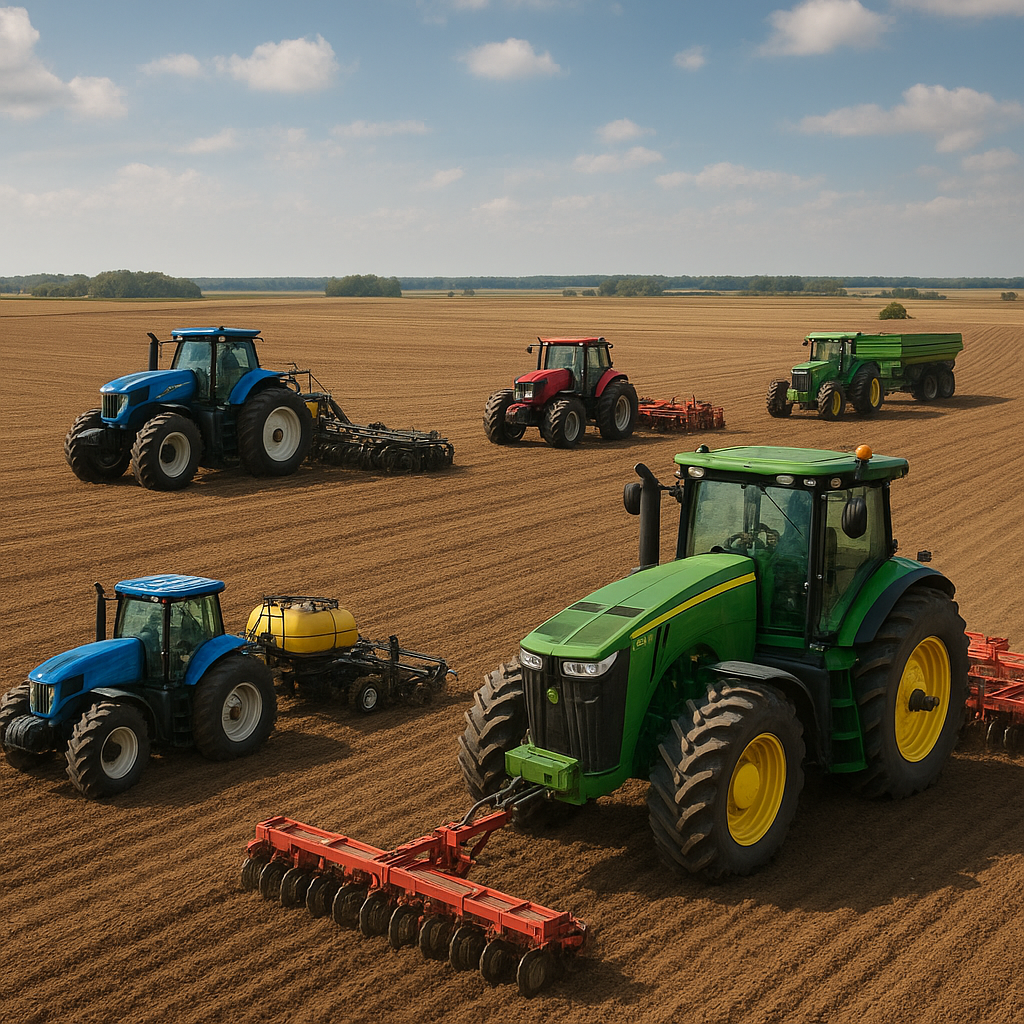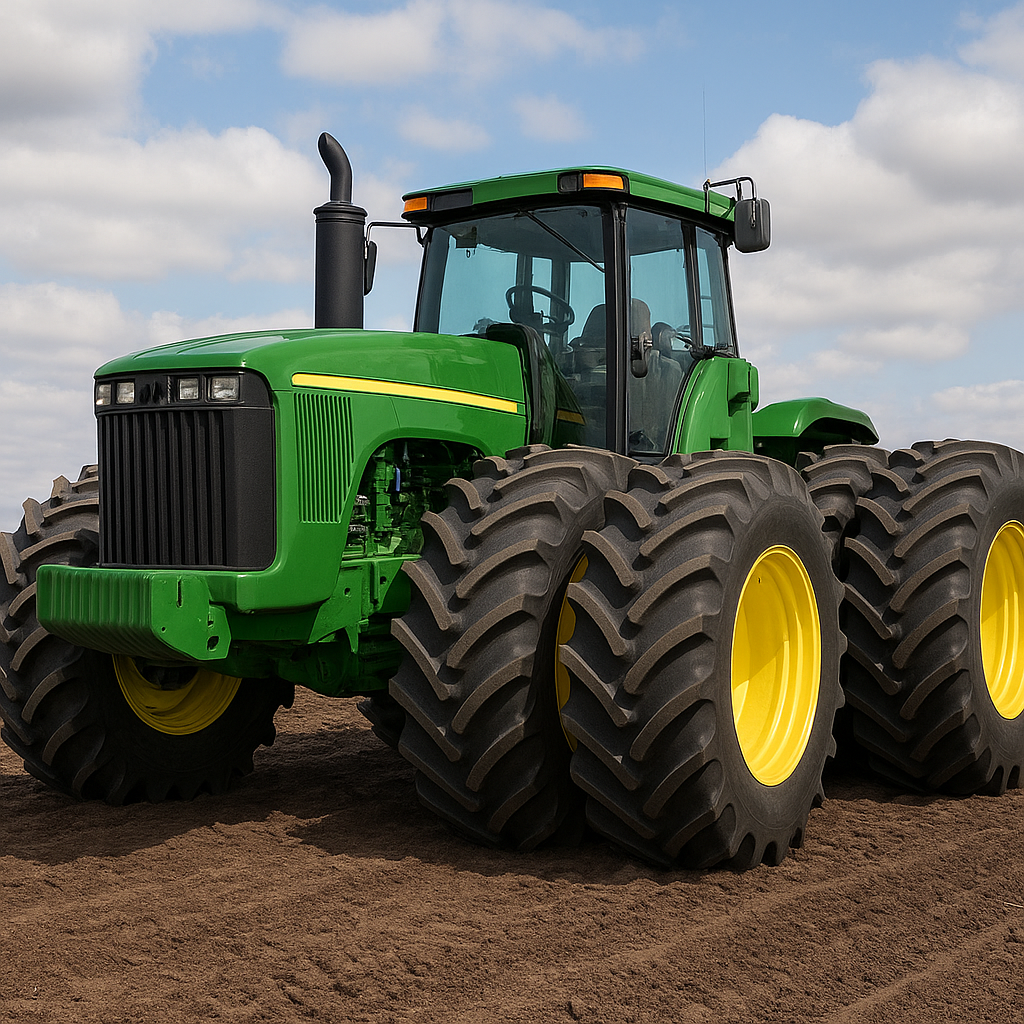Telematics in tractors has revolutionized the agricultural industry by enabling farmers to monitor and manage performance remotely. This technology integrates telecommunications and informatics, providing real-time data and analytics that enhance efficiency, productivity, and sustainability in farming operations.
Understanding Telematics in Tractors
Telematics is a sophisticated technology that combines GPS, onboard diagnostics, and wireless communication to collect and transmit data from tractors to a central system. This data can include information on engine performance, fuel consumption, location, and even operator behavior. By leveraging this data, farmers can make informed decisions to optimize their operations.
Components of Telematics Systems
A typical telematics system in tractors consists of several key components:
- GPS Receiver: This device tracks the tractor’s location in real-time, providing precise positioning data.
- Onboard Diagnostics (OBD): The OBD system monitors the tractor’s engine and other critical systems, detecting any issues or inefficiencies.
- Wireless Communication Module: This module transmits the collected data to a central server or cloud-based platform.
- Central Server/Cloud Platform: The data is stored and processed here, making it accessible to farmers via web or mobile applications.
Benefits of Telematics in Tractors
The integration of telematics in tractors offers numerous benefits to farmers:
- Enhanced Efficiency: By monitoring fuel consumption and engine performance, farmers can identify areas for improvement and reduce operational costs.
- Improved Maintenance: Telematics systems can alert farmers to potential issues before they become major problems, enabling proactive maintenance and reducing downtime.
- Better Resource Management: Real-time data on tractor location and usage helps farmers optimize field operations and resource allocation.
- Increased Safety: Monitoring operator behavior and tractor performance can help prevent accidents and ensure compliance with safety regulations.
Applications of Telematics in Modern Agriculture
Telematics technology is being applied in various ways to transform modern agriculture. From precision farming to fleet management, the potential applications are vast and continually evolving.
Precision Farming
Precision farming involves using data-driven techniques to optimize crop yields and reduce waste. Telematics plays a crucial role in this approach by providing detailed insights into field conditions, equipment performance, and resource usage. For example, farmers can use telematics data to:
- Monitor Soil Conditions: Sensors can collect data on soil moisture, temperature, and nutrient levels, helping farmers make informed decisions about irrigation and fertilization.
- Optimize Planting and Harvesting: GPS-guided tractors can ensure precise planting and harvesting, reducing overlap and minimizing crop damage.
- Track Crop Health: Telematics systems can integrate with drones and other remote sensing technologies to monitor crop health and detect issues such as pest infestations or nutrient deficiencies.
Fleet Management
For large farming operations, managing a fleet of tractors and other machinery can be a complex task. Telematics simplifies fleet management by providing real-time data on the location, status, and performance of each vehicle. This information can be used to:
- Coordinate Field Operations: Farmers can track the progress of multiple tractors in real-time, ensuring efficient coordination and minimizing downtime.
- Schedule Maintenance: Telematics systems can alert farmers to upcoming maintenance needs, helping to prevent breakdowns and extend the lifespan of equipment.
- Analyze Performance: Detailed performance data allows farmers to identify underperforming equipment and make data-driven decisions about repairs or replacements.
Challenges and Future Trends
While telematics offers significant benefits, there are also challenges to its widespread adoption in agriculture. These include the cost of implementation, data privacy concerns, and the need for reliable internet connectivity in rural areas. However, ongoing advancements in technology and infrastructure are helping to address these issues.
Cost of Implementation
The initial cost of installing telematics systems can be a barrier for some farmers, particularly those with smaller operations. However, the long-term savings in fuel, maintenance, and improved efficiency often outweigh the upfront investment. Additionally, as the technology becomes more widespread, costs are expected to decrease.
Data Privacy and Security
With the increasing amount of data being collected and transmitted, data privacy and security are critical concerns. Farmers need to ensure that their data is protected from unauthorized access and breaches. This requires robust security measures and compliance with data protection regulations.
Connectivity in Rural Areas
Reliable internet connectivity is essential for the effective use of telematics systems. In many rural areas, internet access can be limited or unreliable. Efforts are being made to improve connectivity in these regions, including the deployment of satellite-based internet services and the expansion of broadband infrastructure.
Future Trends
The future of telematics in agriculture looks promising, with several emerging trends set to further enhance its capabilities:
- Integration with IoT: The Internet of Things (IoT) is expected to play a significant role in the future of telematics. By connecting various sensors and devices, farmers can gain even more detailed insights into their operations.
- Artificial Intelligence and Machine Learning: AI and machine learning algorithms can analyze telematics data to provide predictive insights and recommendations, further optimizing farming practices.
- Autonomous Tractors: The development of autonomous tractors, equipped with advanced telematics systems, has the potential to revolutionize farming by reducing the need for manual labor and increasing efficiency.
In conclusion, telematics in tractors is transforming the agricultural industry by providing farmers with the tools they need to monitor and manage performance remotely. While there are challenges to overcome, the benefits of enhanced efficiency, improved maintenance, and better resource management make telematics a valuable investment for modern farming operations. As technology continues to advance, the future of telematics in agriculture looks bright, promising even greater innovations and improvements in the years to come.









